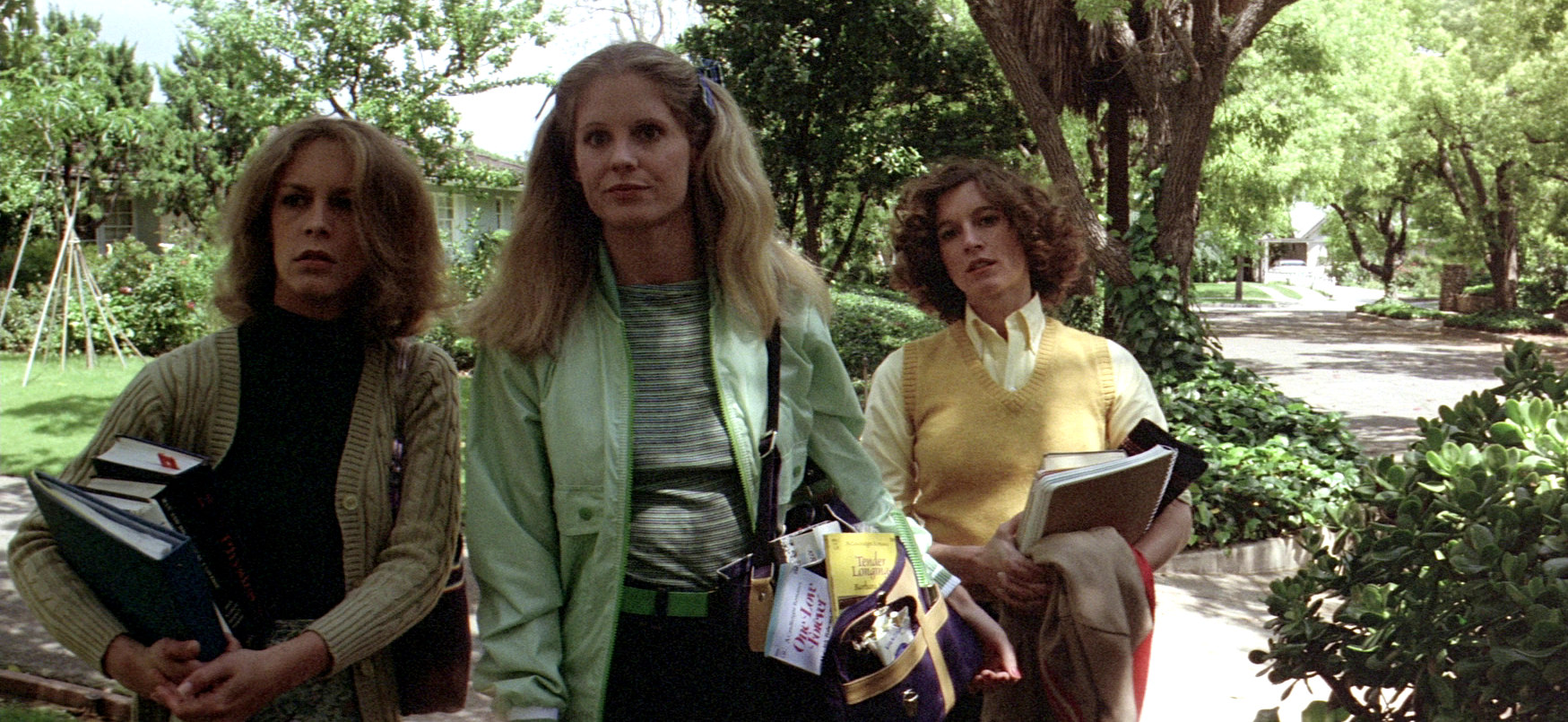Table of Contents Show
Since the beginning — women have always been a pivotal part of the horror genre; their characters have brought depth to a story by becoming the plot twists in films like Us (2019), or were the lone survivor in others like Halloween (1978) and The Texas Chainsaw Massacre (1974), creating one of the most popular tropes in the genre.
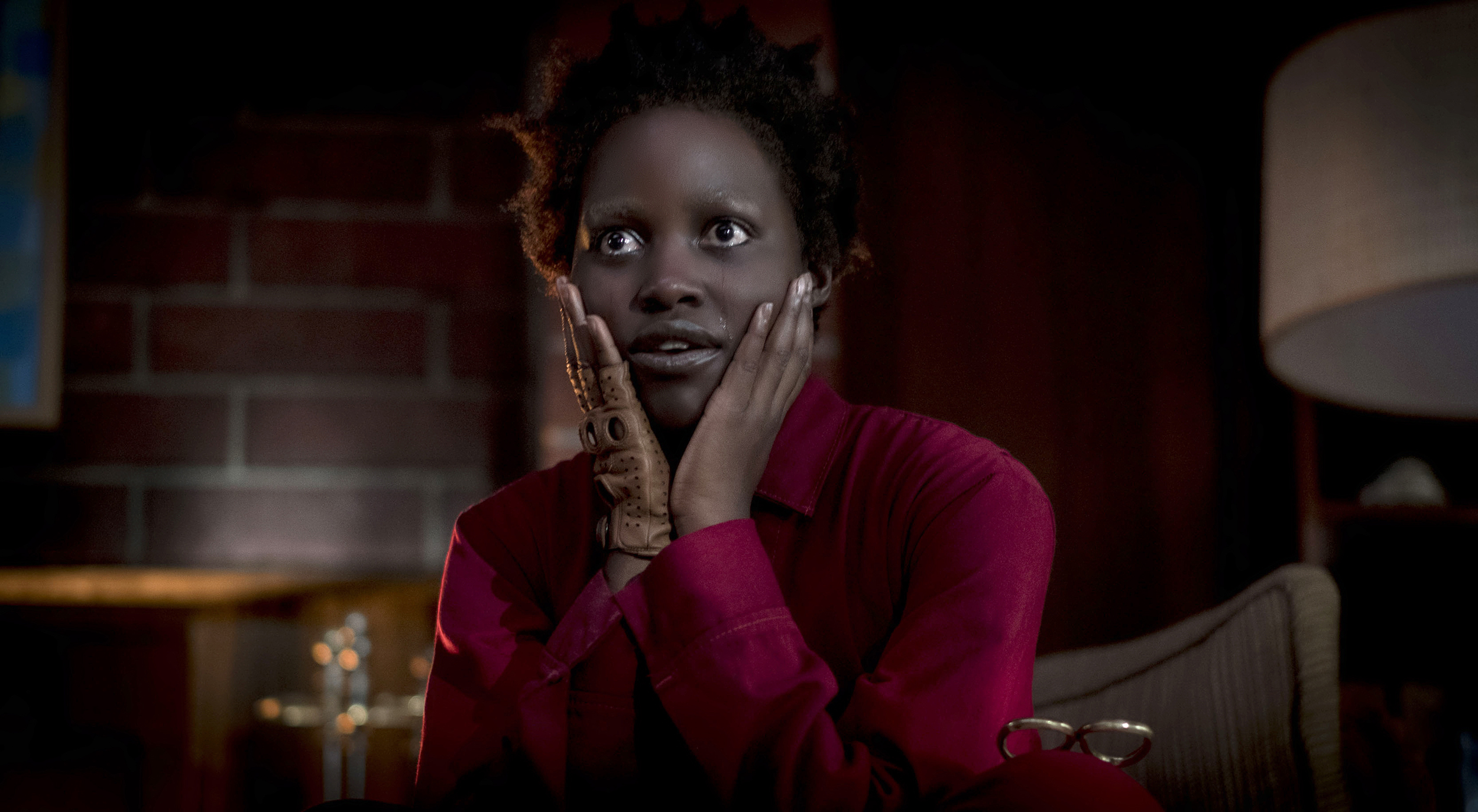
In each film — and throughout the genre’s extensive evolution — the role of women has constantly been one that is at the forefront. Even now their roles vary as the ever-evolving genre continues to thrive, proving just how instrumental women truly are in this scene.
What Is The Horror Genre?
Created before the 1900s, Britannica (( Encyclopaedia Britannica. “Horror Film.” Britannica. 2023. )) explains that the horror film genre began as a means to express death as a subject and navigate darker themes not explored in the genres at that time. Many early films were influenced by German expressionist cinema that emphasized an artist’s inner feelings.
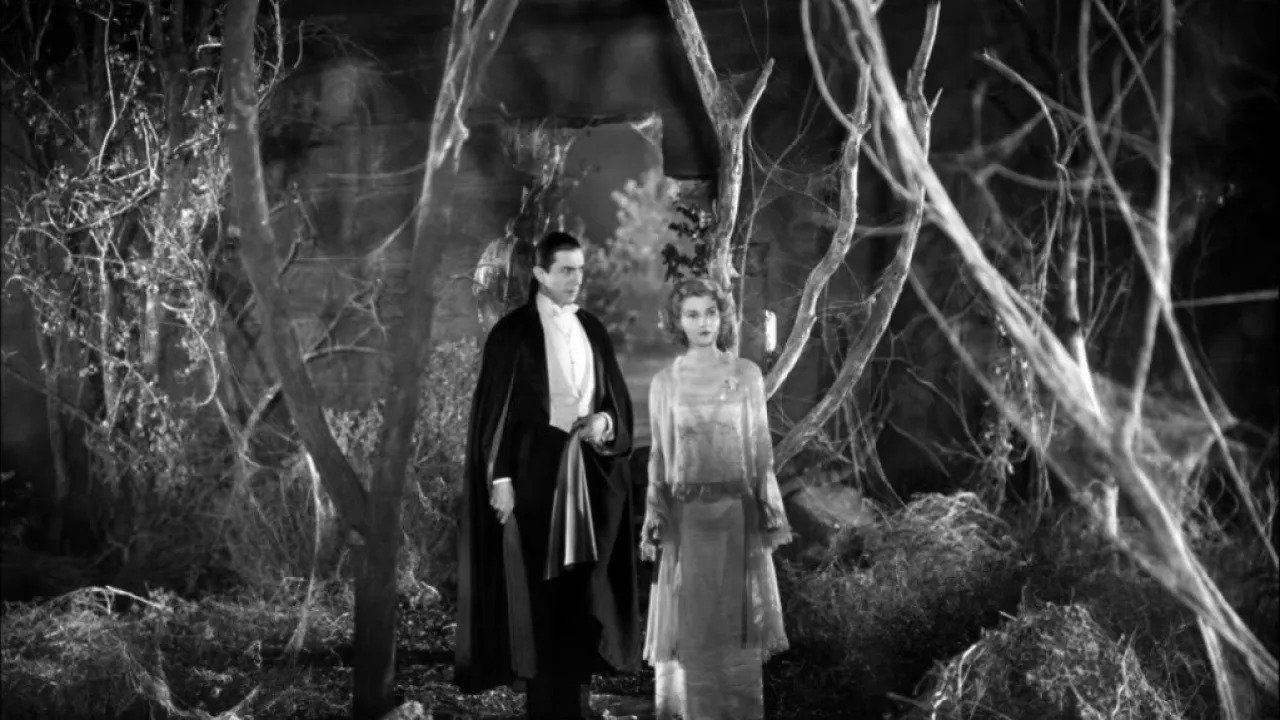
In film, German expressionism focused on utilizing distortion and hyper-expressive performance to show the inner turmoil, fears, and desires of that era.
(( Movements In Film. “German Expressionism.” Movements In Film. Retrieved 2023. ))
Some of the initial influential horror films inspired by this era were The Student Of Prague (1913), a German film that delved into the idea of dual personalities, and The Golem (1915), which told the Jewish legend of a clay figure that comes to life. As more and more films were created, the 1930s marked the first time the word “horror” was used and classics like Frankenstein (1931), Dracula (1931), and The Mummy (1932) came to light.
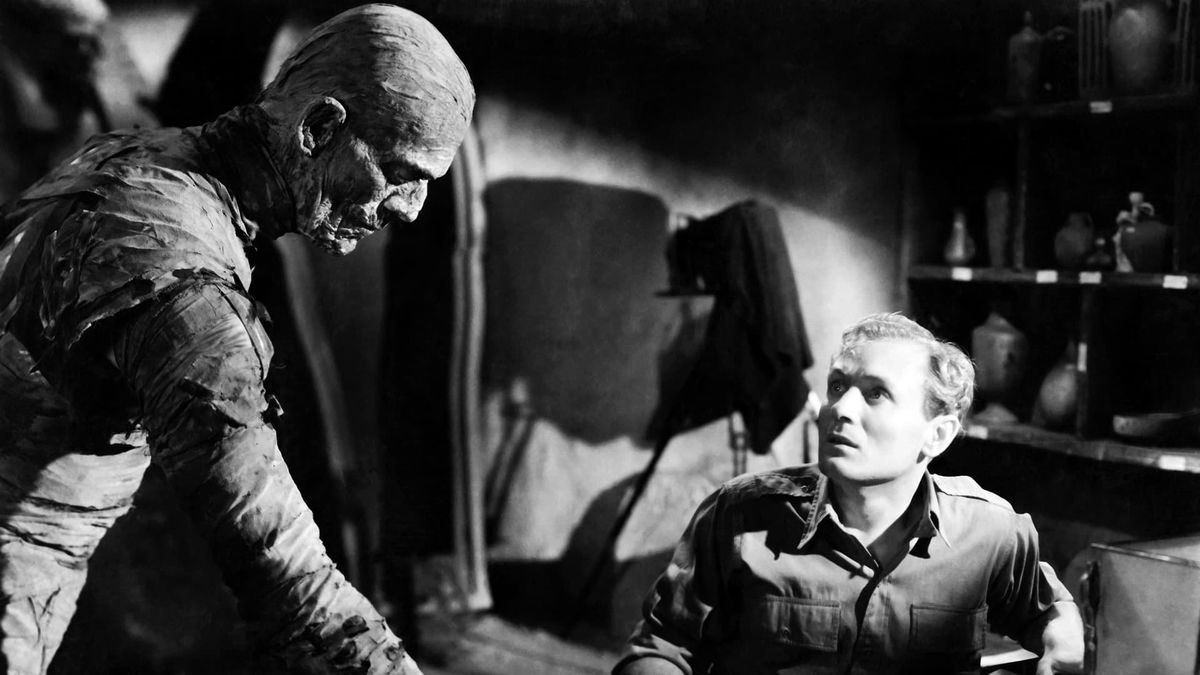
These three films coined what would later be known as the “damsel in distress.” Now, horror is known to incorporate physical violence, psychological terror, stories of terrifying monsters or animals, mystery thrillers, and even science fiction. It comes in varying shapes and sizes going from intense jump scares, gory murder scenes, or chilling realistic scenarios.
Women’s Everchanging Roles In Horror Cinema
In horror films, women were and are constantly at the forefront. Even in early films such as The Student Of Prague (1913), one of the main characters’ objectives is to court Countess Margit. Since then the role of women in horror has changed, with their earlier involvement being the damsel who needs to be saved, an object of the male gaze, the lone survivor, and the villain.
“The Damsel In Distress”
TV Tropes defines the “damsel in distress” (( TV Tropes. “Damsel In Distress.” TV Tropes. Retrieved 2023. )) as the female character who is put into immediate danger in order to put the cast in motion. The types of damsels vary, but the classic damsel is kidnapped or captured and locked away as they wait for someone to save them. The damsel in distress is a role that women have taken on in more than just horror films.
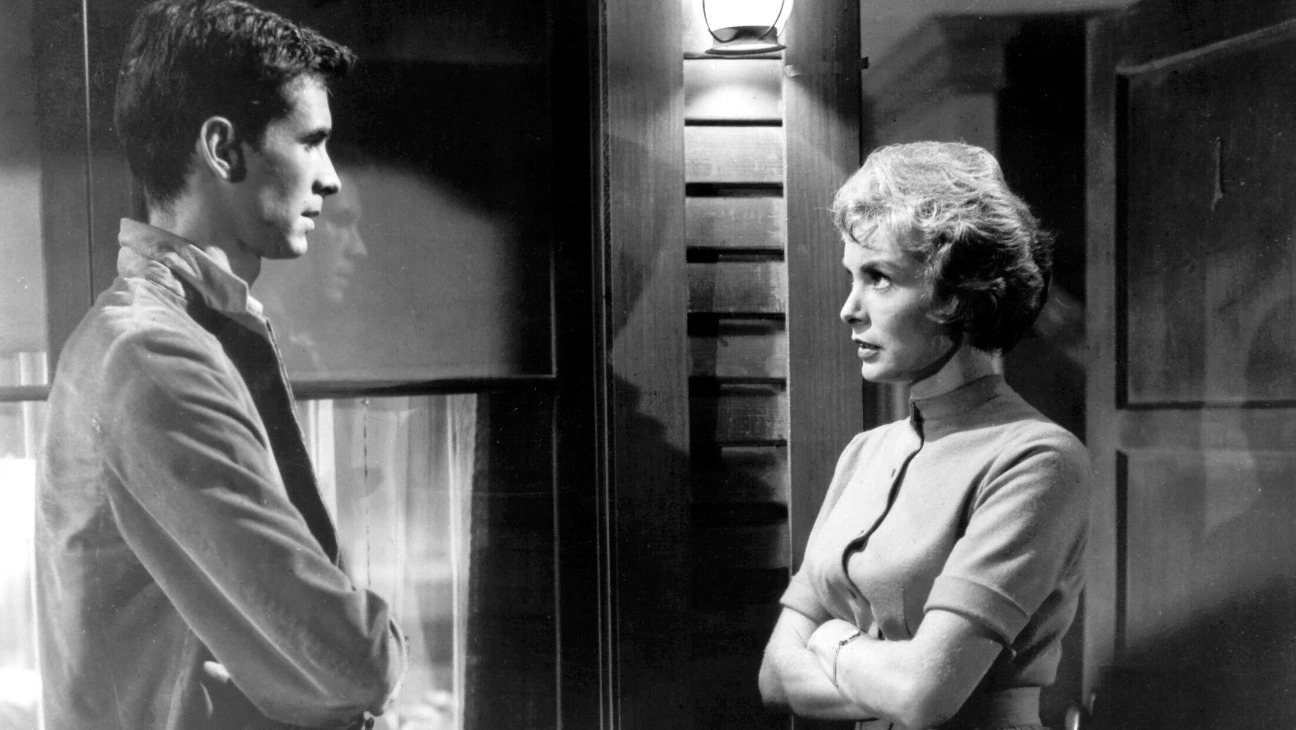
In Disney films, they had to be rescued by the prince. In action films, they were often used as the weakness of a superhero used by the villain. However, in the horror genre, it is a role that began women’s involvement and later led to their popularity. In Alfred Hitchcock’s infamous Psycho (1960) we have an early damsel of the genre, Marion Crane, a real estate secretary who is unable to get married to her boyfriend due to inadequate funds.
This prompts her to steal a large sum and set out to California to deliver the money to her boyfriend’s home, except, she makes a detour and finds herself staying at the Bates Motel where things do not go as planned. Already the film starts with Marion in distress. She is trying to make this wish of hers come true which ultimately prompts her to engage in illegal activity.
Like most films featuring a damsel, Marion finds herself in a predicament that leads her to be murdered. Her loved ones are unaware of where she went, they simply know that she is missing and go on a hunt to find her. The events happen exactly as “Damsel in Distress” films do, yet instead of her making it out alive and getting her happy-ever-after, Marion does not.
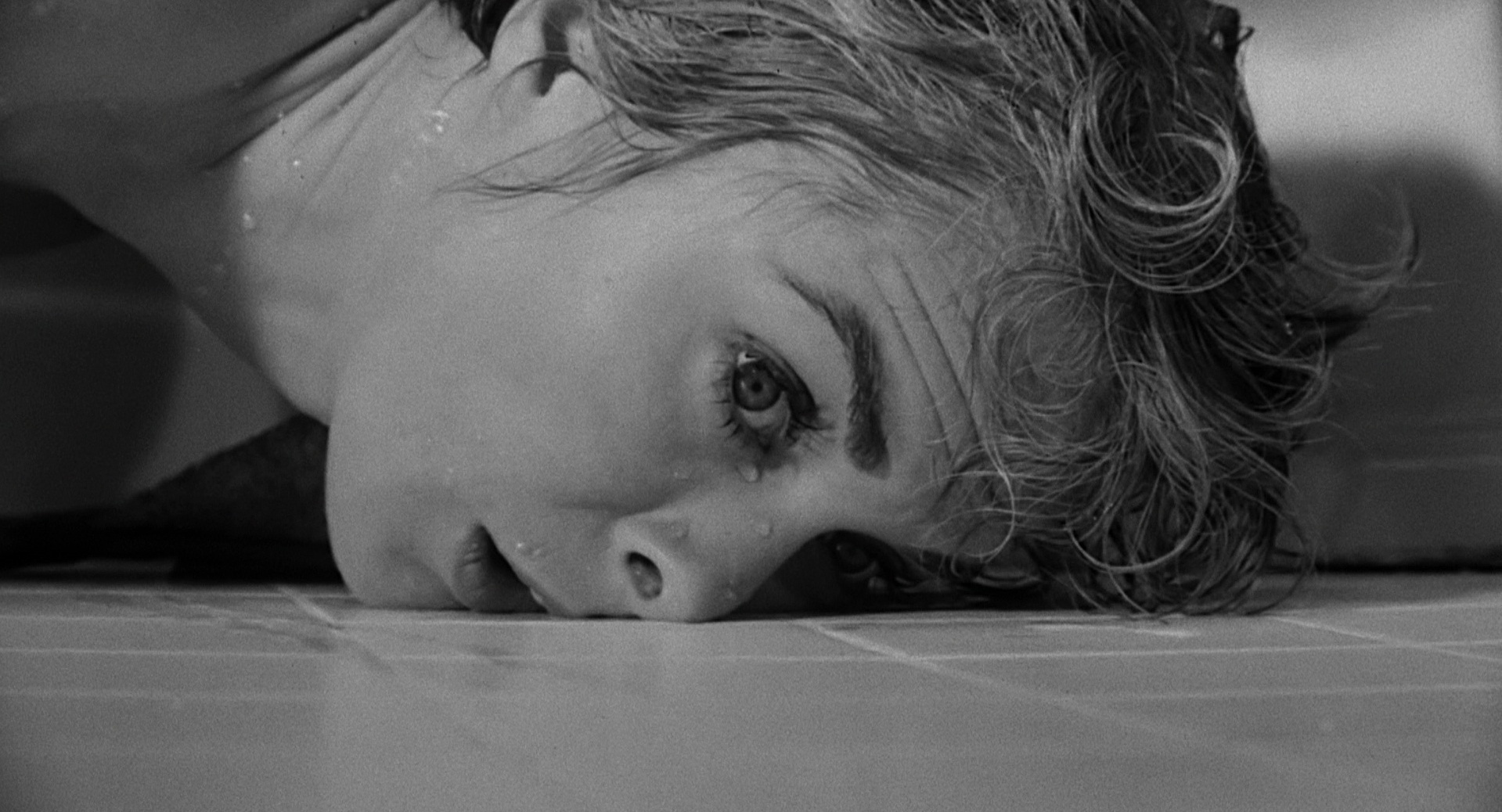
Despite that, Marion’s role in this film was pivotal in finding out what was transpiring at the Bates Motel. Without her character, it is possible the acts Norman Bates was engaging in would have never been discovered. It only goes to show that women’s roles at the beginning of horror like this were most definitely the driving factor that allowed the plot to move forward. As they worked to do that here, it was not long until the role of damsel shifted, and not necessarily in a positive manner.
“The Scream Queen”
One of the first actors to be referred to as a “scream queen” was Fay Wray, who played Ann Darrow in King Kong (1933). Her role in that film paved the way for others to surface creating a whole trope regarded as the “scream queen.”
While in King Kong (1933) the term was used to describe someone who quite literally screamed a lot, and well, later down the line it began to mean something a bit different. “Scream queens” are known as the horror film’s leading lady and are often front and center, but they are also the object of the man’s desire.
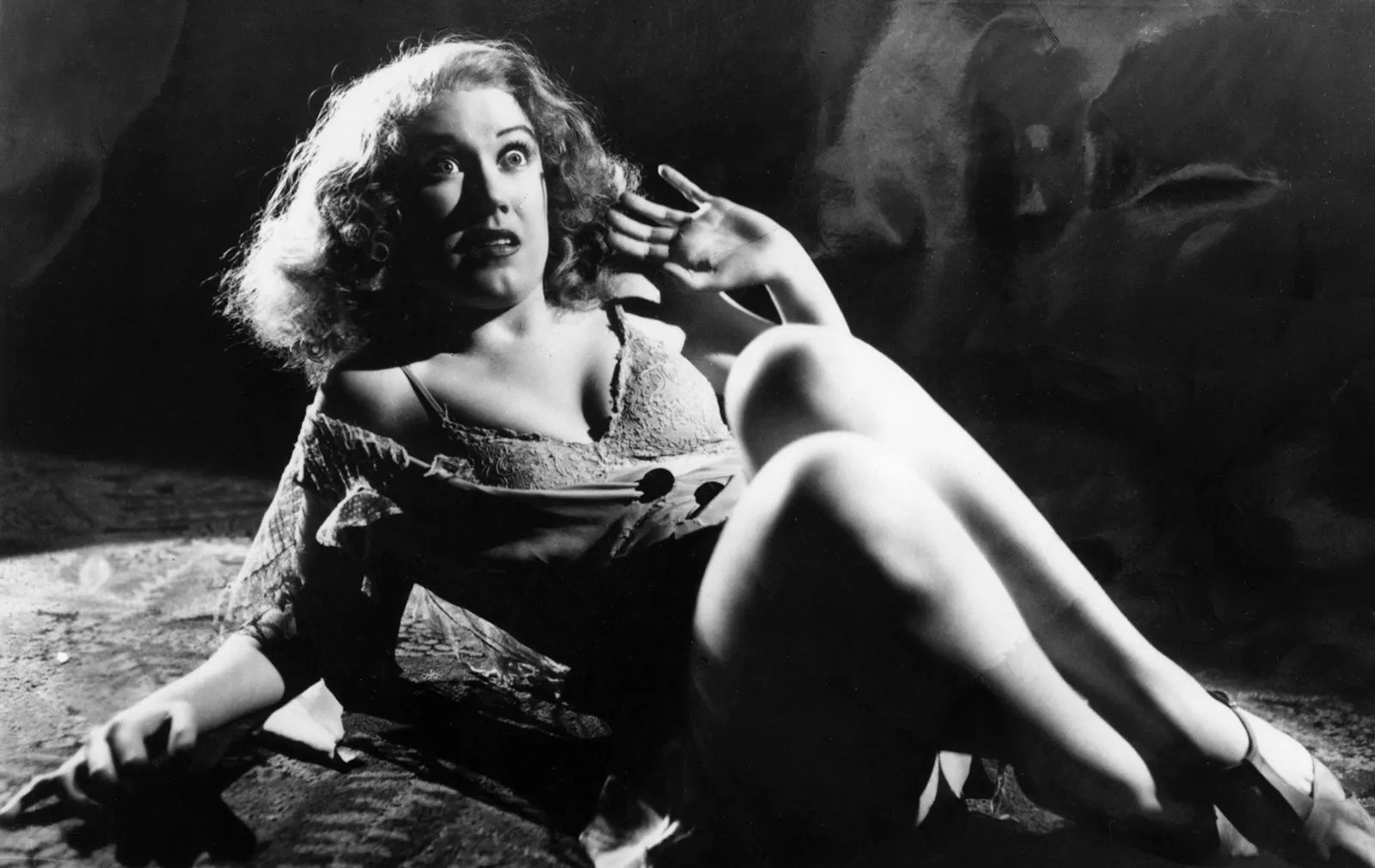
In an interview with USA Today, Lloyd Kaufman, co-founder of Troma Entertainment, said scream queens are
“…more than just crying and having ketchup thrown on you. You not only have to be attractive, but you also have to have a big brain. You have to be frightened, you have to be sad, you have to be romantic.”
(( Arnold, Thomas K. “Three Screams For These Stars.” USA Today. Retrieved 2023. ))
The “scream queen” is also more commonly painted as the victim who ends up dying early on. They are often disposable characters only there to advance the plot and sometimes rival the smart female protagonist. For instance, the “scream queen” appears early on in Friday The 13th (1980) as the film starts retelling the murders that happened in 1958 at Camp Crystal Lake.
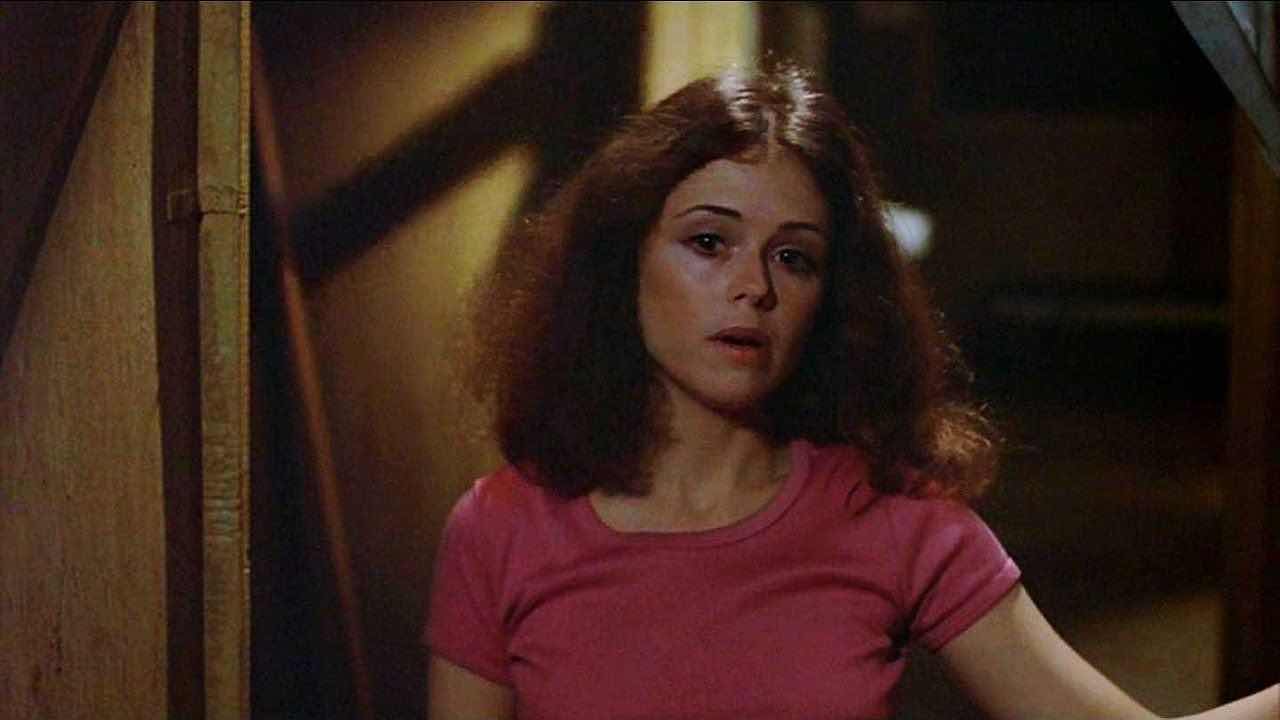
Unsurprisingly, the murders occur when two camp counselors are being physically intimate. This scene is later recreated when we jump back to the present and again show two counselors being sexually active. Soon after, Marcie and her boyfriend are both brutally murdered while the smart female lead survives. Women in this era of horror films were not necessarily allocated the hero role most men receive.
Instead, they were simply there to look and act pretty until they were later killed off. Due to the negative outlook on this type of role, most actresses like Fay Wray, (( Montalbano, Dave. “The Adventures Of Cinema Dave in the Florida Motion Picture World.” Xlibris Corporation. 2010. )) did not like being typecast as a “scream queen.” However, as the years went by, a new type of female lead was born from the infamous “scream queen” surface.
“The Final Girl”
The final girl is a trope that has birthed some of the most popular horror films to date. From the first final girl in Halloween (1978) to more recent ones like Barbarian (2022), they have made women’s roles in horror a staple.
Vox explains that:
“The final girls are tough enough and strong enough to make it to the end – the only people still standing when the last trickle of blood has hit the floor.”
(( Abad-Santos, Alex. “The ‘Final Girl,’ a Key Part of Every Great Slasher Movie, Explained.” VOX. 2015. ))
The term, coined by Carol J. Clover in her book Men, Women, and Chainsaws: Gender In The Modern Horror Film (1992) refers to the last girl, and more often than not survivor, standing at the end of a horror film and left to confront the killer. A common trait in the final girl is that they are virgin, smart, brunette, and are not the typical over-stereotyped character who only thinks about romance.
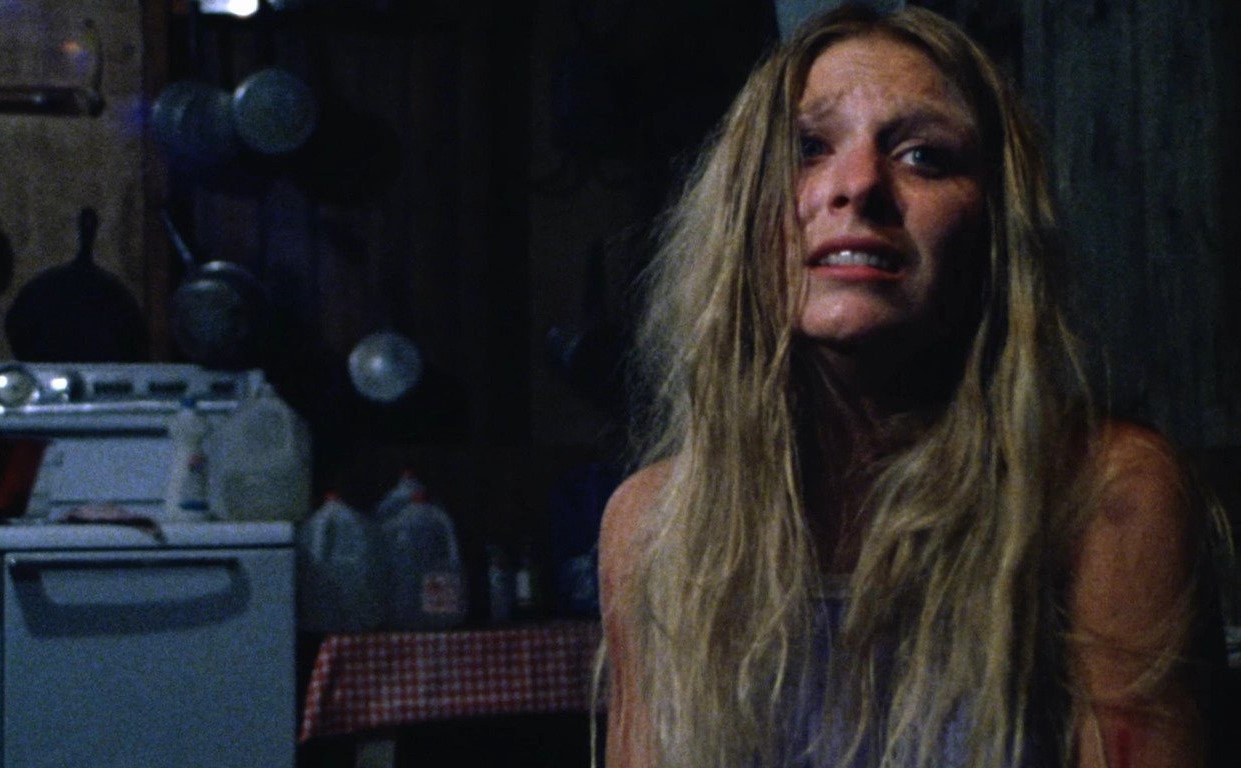
They are intended to be relatable to the audience, allowing them to feel and grow closer to them. One of the first final girls to grace the big screens is Sally Hardesty, played by Marilyn Burns in The Texas Chainsaw Massacre (1974). Sally is the only character in this film to survive while the rest of her friends, including her brother, are brutally murdered by Leatherface. Sally, like other final girls such as Laurie Strode from Halloween (1978), is incessantly taunted and tortured while they attempt to escape the killer.
Instead of being killed off due to an over-exaggeration of promiscuity like the scream queen or left frail and defenseless as she waits to be saved like the damsel in distress, the final girl exhibits the ability to tap into her survival instincts, uses her head, and fight in order to survive. It is a trope that has evolved tremendously and is constantly used even in film today.
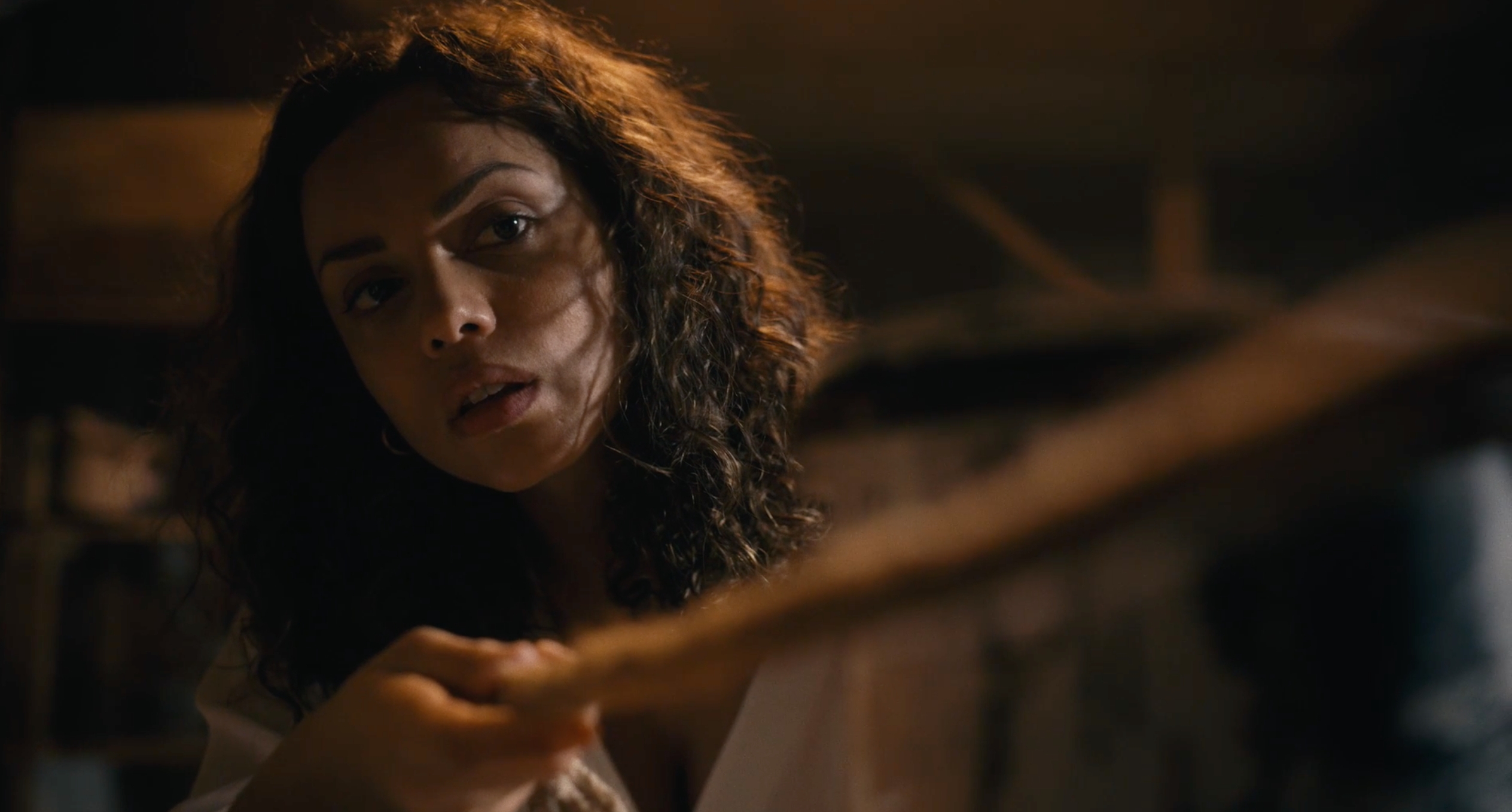
In the recent Scream VI (2023) or Barbarian (2022) the woman is shown to be more in tune with their gut feelings and can sense something wrong is going to happen before it does. Both Sam Carpenter from Scream (2023) and Tess Marshall from Barbarian’s (2022) first thought is to flee upon the first sign of danger, but before they could, are dragged into the horror unfolding before them.
However, one thing about the final girl remains is her want and will to survive. Each final girl that has been presented in horror films from as early as Sally Hardesty to now has shown that they can fight and will if it means surviving until the end. It was not long until the final girl turned into the villain as women’s roles in horror grew more complex.
From Victim To Villain In Horror Cinema
Another type of role women have taken on in the horror genre is becoming the villain. In films like Carrie (1976) or Us (2019) women have gone from the victim to the villain, starting off as someone weak and turning into someone to be feared. In Carrie (1976) we see Carrie White, a nervous teen, trying to navigate the horrors of high school. Yet, the way that Carrie turns to violence happens after her first period and the start of her journey into womanhood.
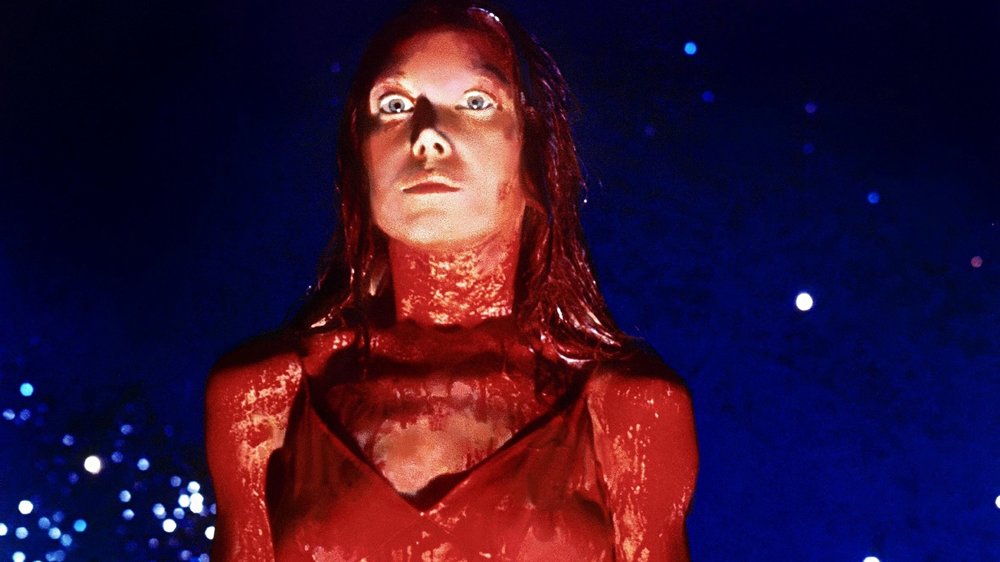
Alyssa Miller, with No Film School, explains that horror has a habit of connecting puberty and bloodlust:
“Films like Carrie and Ginger Snaps both seem to tell us that puberty makes monsters out of girls as both films begin with periods. Both films tell stories about the failures of repression to contain things that are naturally feminine…”
(( Miller, Alyssa. “Girlhood To Monstress: How Women In Horror Have Always Been The Hero And The Villain.” No Film School. 2021. ))
In the film Us (2019) we also see a woman who has endured a tragic past and must learn to live through it. The main character, Adelaide Thomas, is soon forced to confront the traumatic experience that left her mute as a child when her doppelgänger, Red, and her family, force their way inside Adelaide’s house, tormenting her and her family. The audience does not know exactly why Red is tormenting Adelaide and trying to upend her world until the end when we find out Red is actually the real Adelaide.
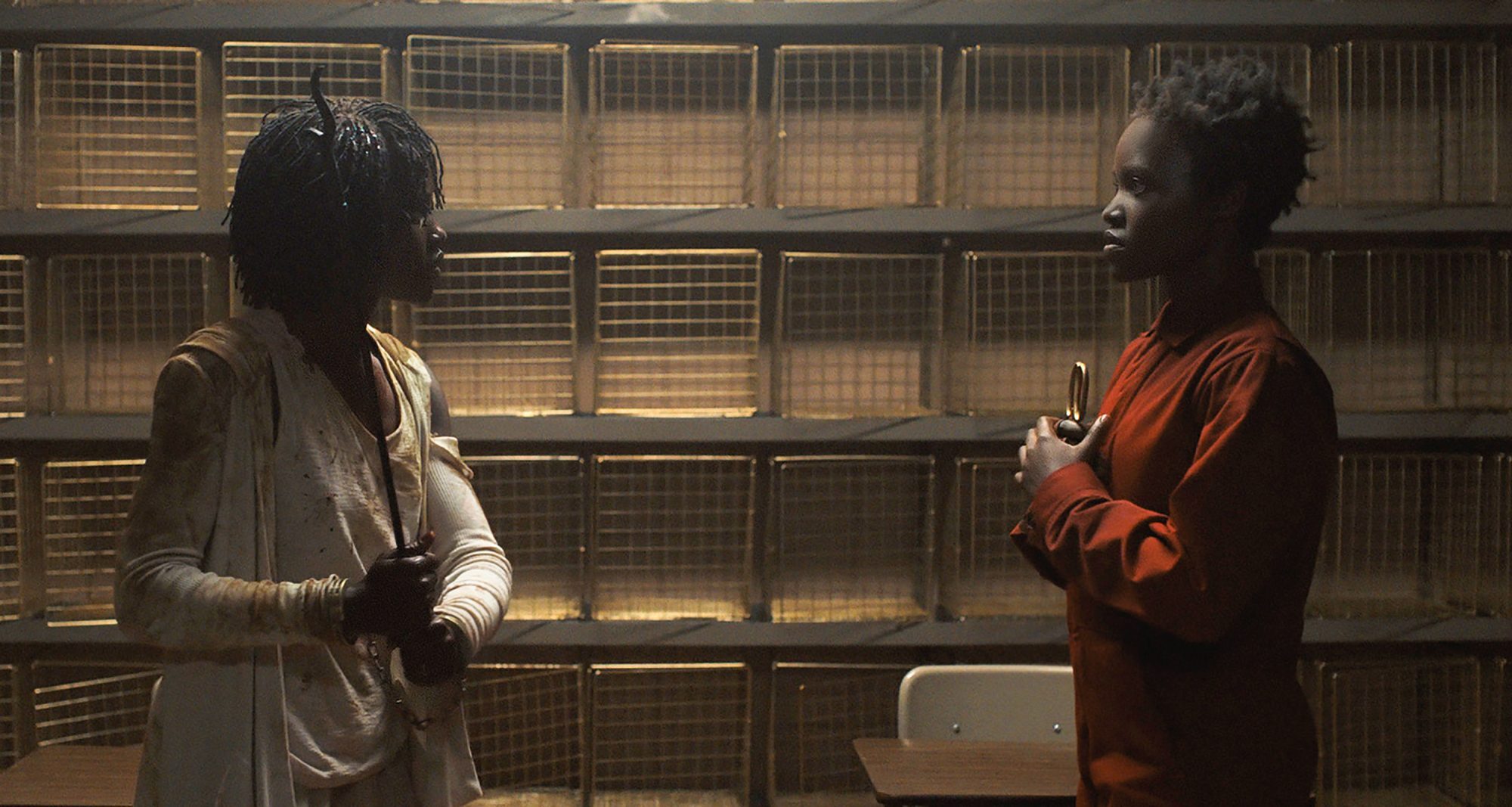
The reason for her fury is due to the fact that her childhood, her future, and her life were taken from her and she was forced to live in the unlivable conditions of the Tethered’s underground home. We see again how a woman who began as the victim was turned into the villain furthering this trope.
In others like The Exorcist (1973), Hereditary (2018), The Craft (1996), and Evil Dead (2013), women have only ever gone from victim to villain after they seemingly find power in their circumstances. Though, it is also this power that turns the victim into the monster which can be seen as a way of ignoring the traumatic experiences, women have gone through and twisting them into something even worse. In films like Carrie (1976) and Us (2019) portraying women in this light does not give them any chance to change as in both movies the monster either dies or wins.
Women Are The Key To The Horror Genre’s Success
One thing these movies have in common is that the person audiences remember after it is over is the woman in these films. No matter their role, they are constantly remembered as the one character who carried the film to its success. In each and every trope created, the one it surrounds is the woman coined by it. From Marion to Sally to Red, women have led the horror genre into a constantly evolving route that keeps them at the forefront.
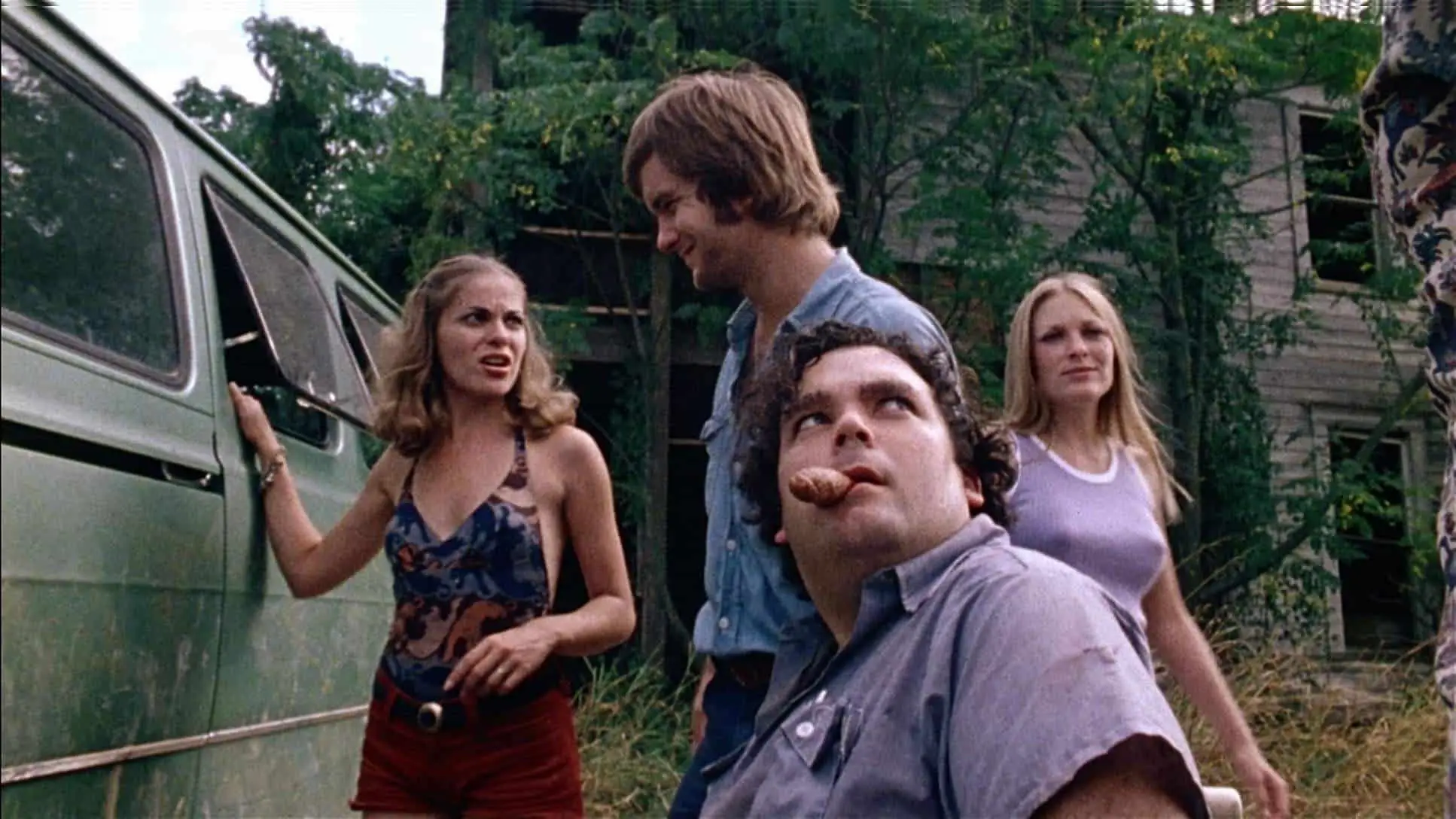
As a group that has had varying positions throughout all films in this genre, it is encouraging to see how vastly different and impactful woman’s roles have become in a genre that first featured them as weak now strengthens them.
